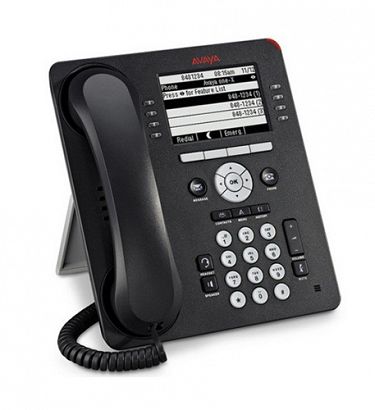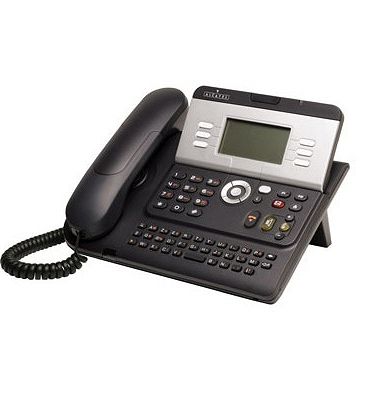The life of any person proceeds under the influence of information flows, the structuring of which is directed a lot of effort. New technologies in the field of signal transmission are developing rapidly, opening up previously inaccessible opportunities. Telecommunication technologies are transforming not only the channel of human interaction with the information flow (cellular, satellite, broadband, Internet) but also affect the goods and services in the consumer market, putting them higher technical requirements.

Features of Innovation in Telecommunications
As compared to other areas of the economy, telecommunications innovations have specific differences, which include the following characteristics:
- The complexity of the innovative product, the result of innovation is both equipment, service and technology.
- Continuity, changes do not occur pointwise but affect entire sectors of the economy, introducing new rules and standards into the functioning of social processes, which invariably leads to the next rounds of changes.
- The scope is not limited to a group of interests but includes the entire population.
- The international nature of the activities of the major market players due to the need to attract a large number of investments in this direction to maintain its innovative character.
The features of the formation stage of the telecommunications field are called globalization and the importance of the marketing component of the products presented to the market.
Globalization is a well-formed tendency to enlarge players through acquisitions, mergers, and joint projects. Such behaviour is a kind of forced because only with the necessary resources does the prospect of further development appear.
The introduction of telecommunication innovations in marketing has changed the scheme of interaction with the consumer for all market participants, regardless of the field of activity. Today, a person logs into his personal account on his phone and makes financial transactions, and the store notifies customers when an item of interest appears by email or message. Communications are transferred to a qualitatively different plane, organizing the process with maximum comfort not only for the client but also for the supplier of goods and services.
Innovations in Telecommunications as a Driver of Social Development
Information dissemination methods are changing the world, transforming business. Such a driving force leads to the technological development of the life of every person. A little later, consumers got a cell phone, as a more convenient analogue of a stationary one. The Avaya phone 9508 is one of the best headsets available in the market.
Progress in the methods of transmitting information has led to the creation of a device with which a person receives the necessary information, pays for goods and services, gets access to entertainment content, and at the same time is available for a call. You can even chat with this device, satisfying the lack of communication. When considering the result of progress only in the field of telephony development, it is already clear that in a few years fantastic books can become a reality.
Prospects
Such distribution channels as wi-fi and 4G, you will hardly surprise anyone, they appeared not so long ago, but they are already widespread, which entails the continuation of innovative processes. Telecommunications market players are closely following domestic and foreign ideas, evaluating their prospects, investing in the development of their projects.
A serious future is predicted by 5G technologies, the implementation of which is promised by 2020, as active testing is already underway in different countries. 5G networks will contribute to an even deeper immersion of the economy as a whole and each individual separately in a digital environment, taking work with more traffic to a new level and opening up new opportunities.
Such transformations do not occur immediately. Processes that can qualitatively change the industry require appropriate preparation of the technical base, equipment that can cope with the increasing load, which explains the time frame for the introduction of such technologies, calculated over the years.
5G is another step in the implementation of telecommunication products, leading to the reality of the Internet of things when a person sets only a goal, and an information system connected to a database and managing objects around itself seeks ways to achieve this goal.
A striking example that laid the foundation for the formation of the Internet of things is the traffic jam tracking system when millions of sensors give signals about the situation on the roads, and the navigator connected to the database offers the optimal route.
Given the pace of change in telecommunications, a future looks very real. Moreover, smart home systems have already been created, so far working according to given programs and not very similar to part of the Internet of things system, just like the first cell phone did not look like a familiar smartphone.
Bottom Line
The innovative activities of telecommunications companies have a great impact on traditional sectors of the world economy, putting forward new technological requirements for products, organization of production, intra-industry communication and personnel management. The managed IT services in Melbourne are available at affordable price. For successful functioning in the conditions of a new information society, all market entities need to adapt in time to the latest achievements of telecommunication companies.





